Menu
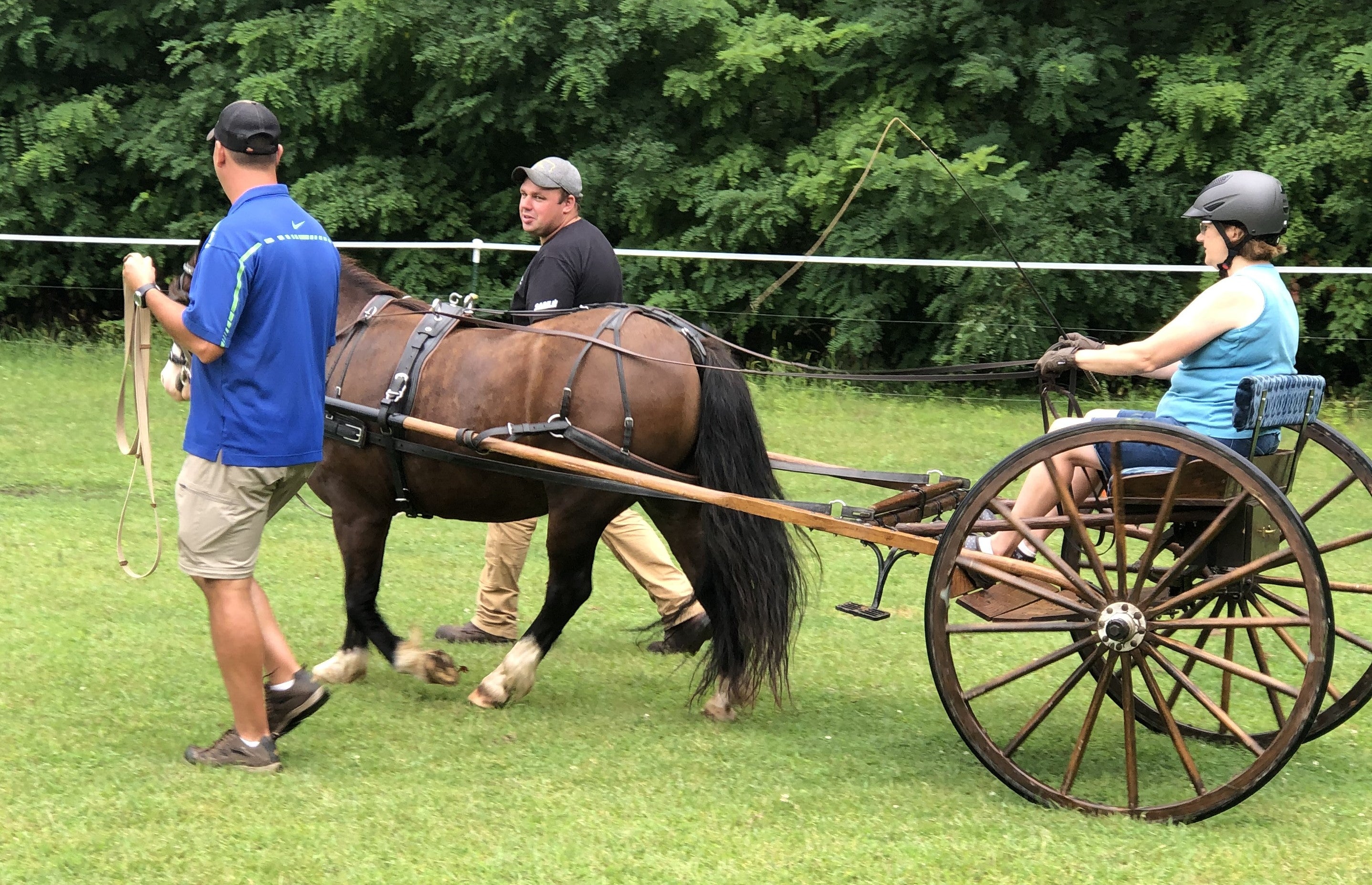
The First Put-To
Last year, I wrote an article entitled Starting the Driving Horse. Ironically, a year before that, I wrote about the difference between long lining and ground driving. So, logical progression indicates that I should write about the first time a horse is put-to the cart. While this step in the training process doesn’t have as many steps as the last article about starting the horse, the putting to process is the most important to do correctly for the sake of the horse and the driver. If steps are skipped or moved over too quickly, it not only may set the horse back in the training process, but it could land the horse and driver in the Intensive Care Unit!
I want to fully emphasize that this article is NOT a step-by-step training outline; it is an introduction to help you understand what needs to happen in the process. There are resources and experienced people available to actually help you through the steps to put to. This is more of an article of aspects to consider and conditions to think about.
Once the horse has been fully accustomed to long lining and some line driving, and has been through a good desensitization process, he can be put to some form of shaft trainers. Some trainers have the horse pull a tire for weight, some don’t. Again, this isn’t about the steps to train. When he fully accepts the shaft trainers, then you can consider introducing him to the cart. Any new step should be at least one new lesson. Don’t cram it all into one lesson and expect the horse to be fully ready to be put to the cart.

(Above: Major checks out the vehicle in the winter.)
Make sure that he is comfortable with the shaft trainers over a number of lessons, he is familiar with seeing and inspecting the cart over a number of additional lessons, he listens to your commands, he stands like a rock, and he is fully desensitized before considering putting him to the vehicle. When you do think that he is ready to finally be put to, plan a quiet day when you have lots of time. For your horse’s benefit, do not try to cram the first put to into a certain time frame. If you have anxiety about the clock, that anxiety may transfer to your horse. Your horse can tell your heart rate from 5-10 feet away. A calm heartbeat helps keep the horse calm as well.
Preferably, put the cart in a large, enclosed area like an arena where you can go straight forward without having to back up after putting-to. Have the whip ready in the whip socket and your helmet on your head. Procure the help of two able-bodied friends with ample horse experience. It is really beneficial if they are the sort who don’t tend to get rattled over challenges, but have a calm and soothing demeanor. Your helpers on each side should have long lead ropes or long lines attached to your horse’s halter which is over the bridle. If you have trained your horse well, your friends should not actually have to “hold” your horse, but they are there to help keep you safe by giving the horse confidence, and holding him under control in case he reacts badly.

(Above: Major is put to the vehicle for the first time in the summer, just standing a few moments before being taken back out.)
For the first actual put-to, consider not even moving the horse. Put him to the cart, keep him standing, adjust the harness and vehicle, wait a moment, and then take him out. This breaks up the training process into even smaller steps. Keeping these lessons short and easy can make the training process more agreeable to the horse. If the first putting-to goes well, then the next time you can get in the vehicle, sit there a bit, and then finish the lesson. The next time, put him to, still with the headers, get in the vehicle, and take a few steps forward. Then, quit again. Do not line drive the horse from behind the vehicle. You have better control from the box seat than you do from behind, as you can’t possibly move at the same speed as the horse when walking behind the vehicle, thus giving the horse mixed signals through the reins. If you are concerned about getting in the vehicle when the horse is put to, he probably isn’t far enough along in the training process to be put to the vehicle! Anytime you put the horse to the cart, you need to have an able, warm body on the seat!

(Above: Calon is put to the cart at the end of last August for one short walk around the arena. The headers are behind the blinkers [blinders] of the bridle, so while they are there for support, the driver has control of the pony.)
When you put-to the next time, with your helpers at the head, walk a short distance, like one lap around the arena, and then take the horse out and put him away. I know that new drivers get very excited to FINALLY be able to get in the cart and they want to go farther and faster, but many times the horse just isn’t ready for it. The first few hitches should be halt and maybe a little walk, and that’s it; especially if the driver doesn’t have experience training a driving horse. If you start a riding horse, you don’t go out the next day and perform a walk/trot/canter class. Slow down. If you push too fast, he can eventually lose his mind and have a wreck. Also remember, he hasn’t used those muscles to pull the vehicle before. So, if you go for a long drive, not only do you have the potential to make him physically sore, but you could also turn him off of driving altogether!
Be careful not to mistake the horse’s tolerance for the horse’s acceptance of the training process. The first couple times, the horse can seem to be super and taking the hitching really well, when in essence he is just tolerating it because he doesn’t know what else to do. Putting to is just another training step. The driver needs to continue to be aware that the horse is still green broke. If he has an issue with putting to and/or driving, it is less likely to be in the first or second drive, but will probably be in the third to fifth drive. By this time, the horse has thought about what has happened to him, and that it wasn’t just a one-time experience. When he realizes that the putting to and driving process will continue when he isn’t ready, isn’t willing, or isn’t mentally made for the job, he may object and possibly quite strongly. This belief of the potential for a wreck in the third to fifth drive is readily acknowledged in the experienced driving community. I can’t emphasize that enough. Take heed from those who have trained many, many horses to drive!

(Above: Calon is put to the cart again still with a header. The footman loops on the shafts have been moved to put the holdback straps in a better position on the shafts.)
Also recognize that just because you have had your horse hitched does not mean he will drive. I know plenty of good horses that were hitched a few times before the experienced trainer said, “Nope, he’s not going to work.” Not every horse will drive, so again, continue to be cautious. For the first half a dozen actual drives or so, have a ground person keep that lead on the horse’s halter, which again, is over the bridle. Stay at a walk until the horse seems bored, again making sure that he is accepting the cart, not tolerating it. Try trotting eventually, but have the ground person jog with the horse. If the horse is taking the training well, the driver may have the ground person unclip the lead, but the ground person should stay in the arena for at least the first ten drives. Keep the horse contained, again, just in case something goes wrong. You don’t want the horse loose in an area where he can get into more trouble if you would, heaven forbid, get dumped out of the cart!

(Above: Calon is now walking on his own without a header last November. There is still a ground person in the arena with Calon and me. He is still very green! About a week later, we had snow on the ground which stopped our training for the winter. We will start again in the spring, and back up a few steps as a refresher course before continuing to push forward with his training.)
Many new drivers want to show everyone how great their horse is going on the first and second hitch. I personally hesitate to post any of my own first hitches right away to social media, because, like I said above, that doesn’t mean that the horse will actually drive. I want to wait until he is good and solid before I make the horse “public”.
This article may seem like we are suggesting taking this process much slower than is necessary, however, I know top trainers who have stated that they have sometimes tried to go too fast training a horse, but they have never gone too slow. The less experience you have training driving horses, the slower you should go.
The main takeaways of this article are:
- Break the process up into smaller pieces – don’t try to cram the whole process into one lesson.
- Slow down – don’t ask the horse for more than he can mentally handle.
- The third to fifth times he is put-to the carriage are the most concerning.
- The horse will be considered green-broke for months after the first put to. Be sure to continue to treat him as such.
- Not every horse will drive…even after being put to the vehicle.
Putting to the carriage is the most dangerous stage of driving a horse whether the horse is green-broke or has been driving for years. It is the time when you have the least amount of direct control of the horse until you have the horse fully hitched and you are in the vehicle. It is important that it be done correctly and cautiously every single time. A good driving horse is worth his weight in gold, and he gets to that point with the calculated, concerted, and conscientious effort of the trainer and driver.
- Choosing a selection results in a full page refresh.




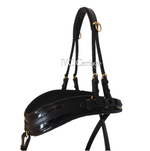
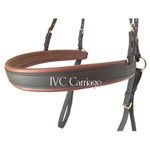



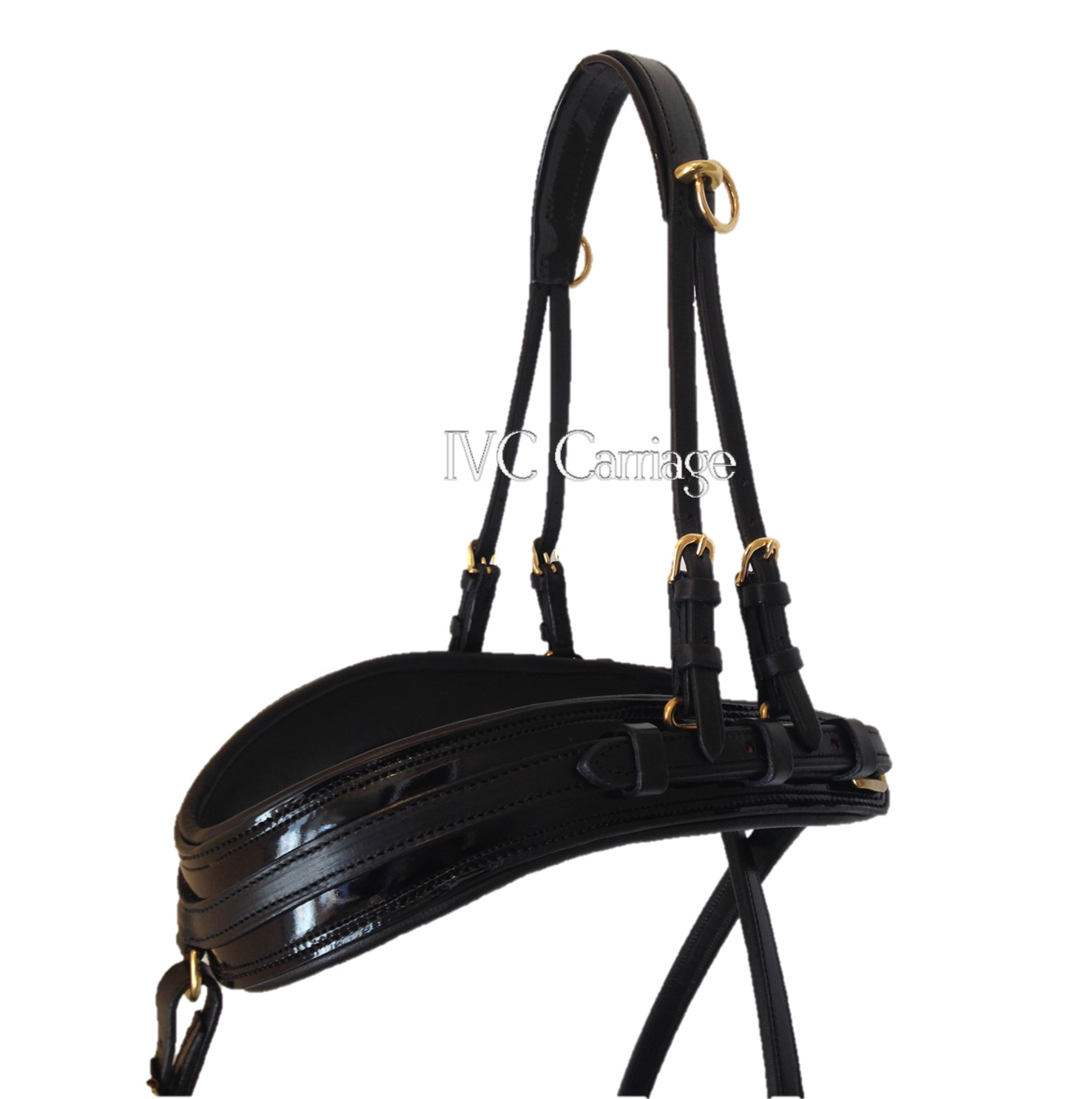
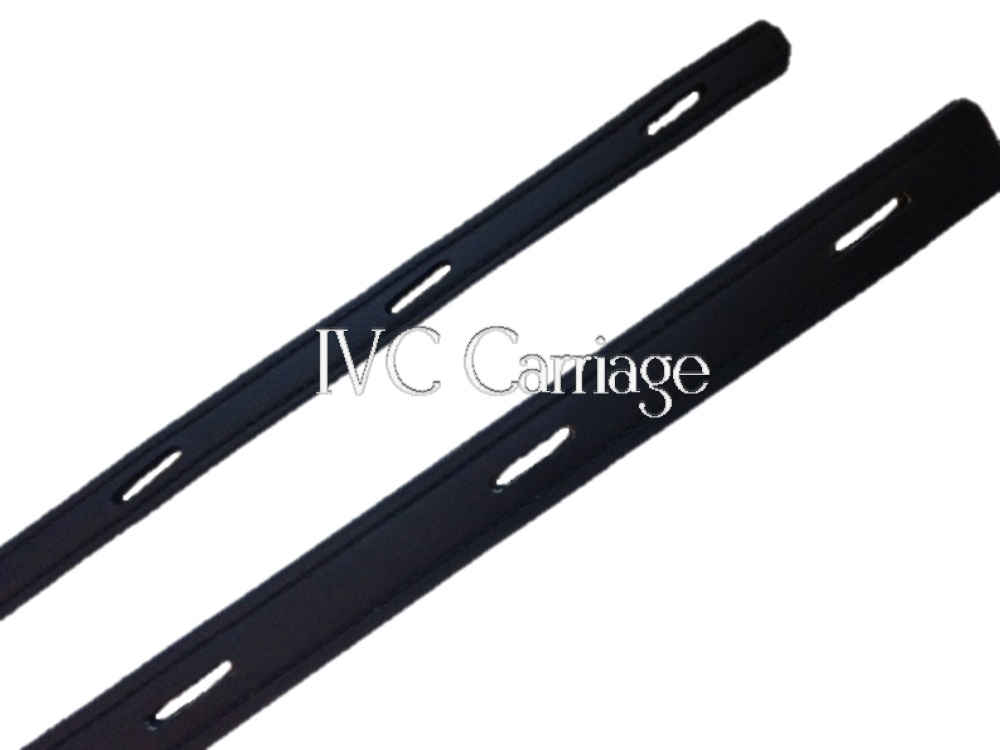
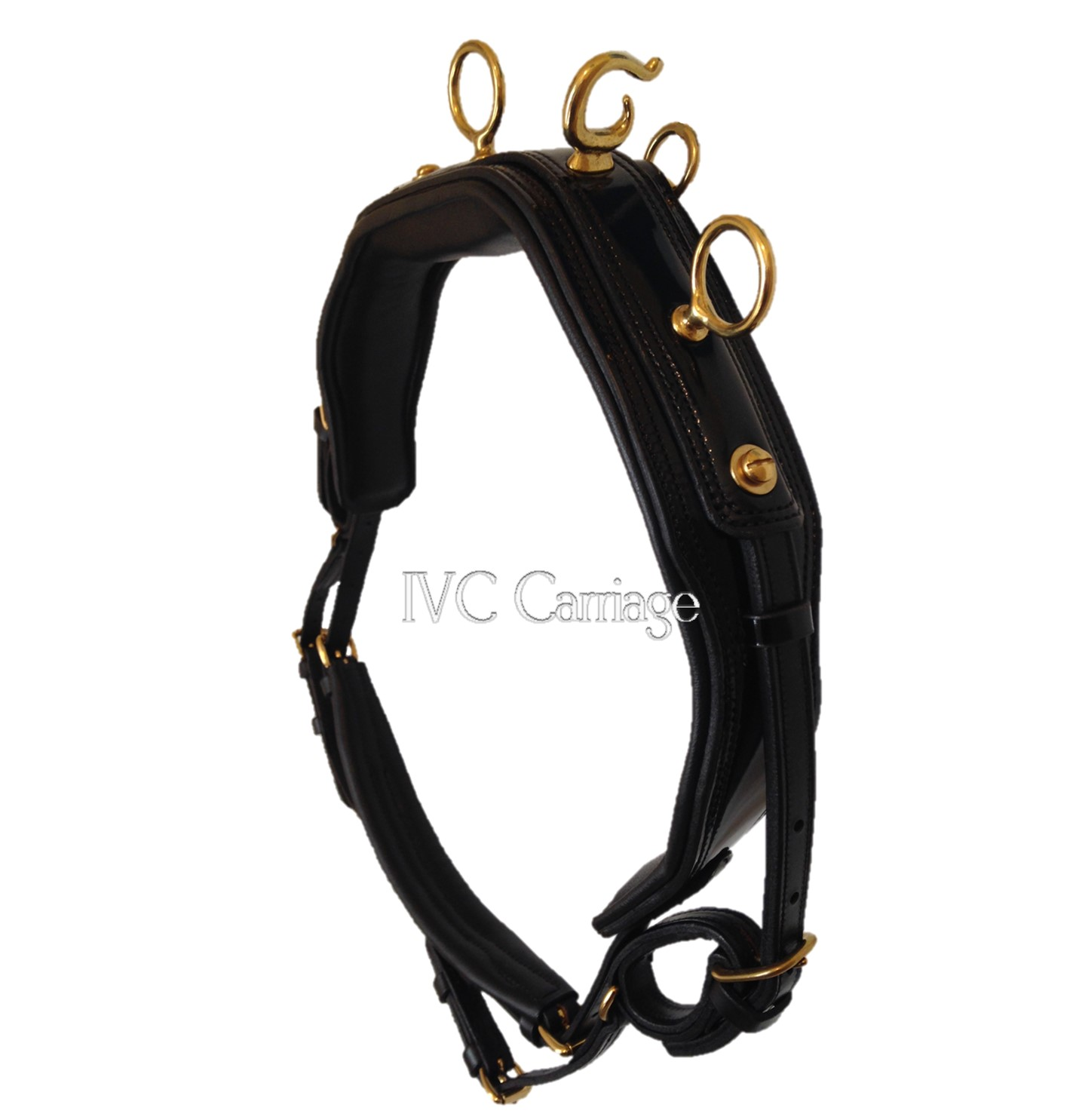
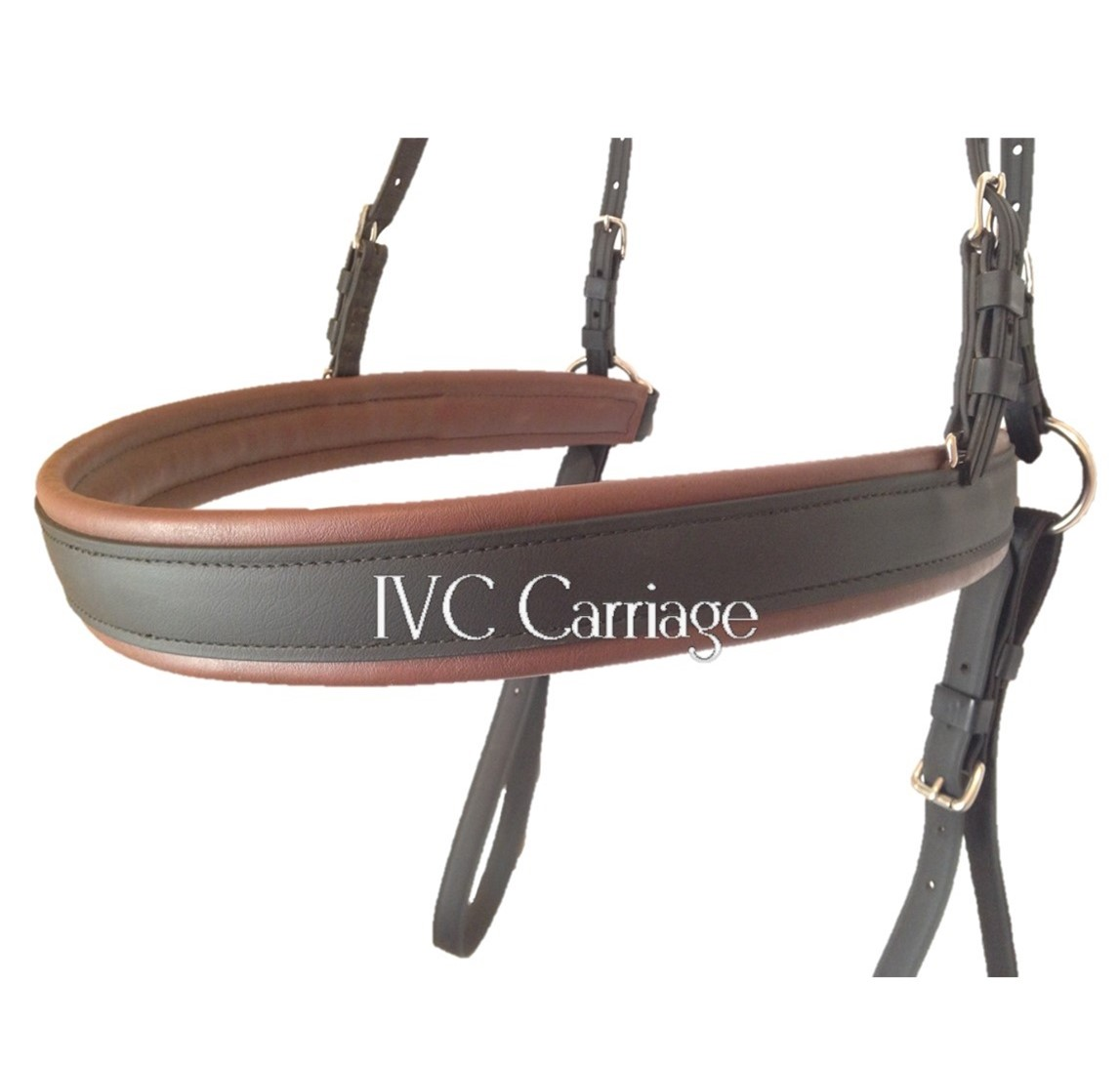
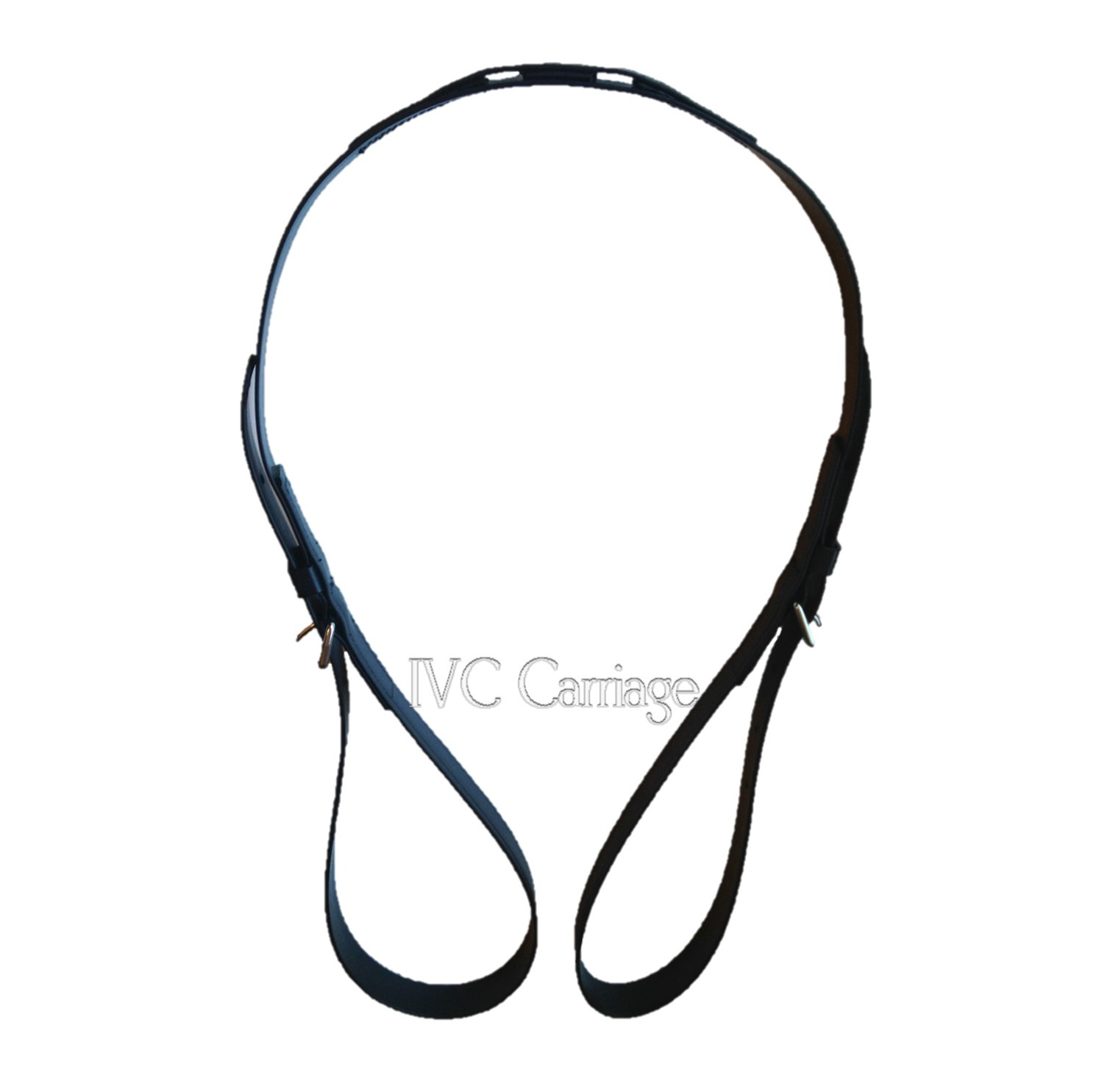
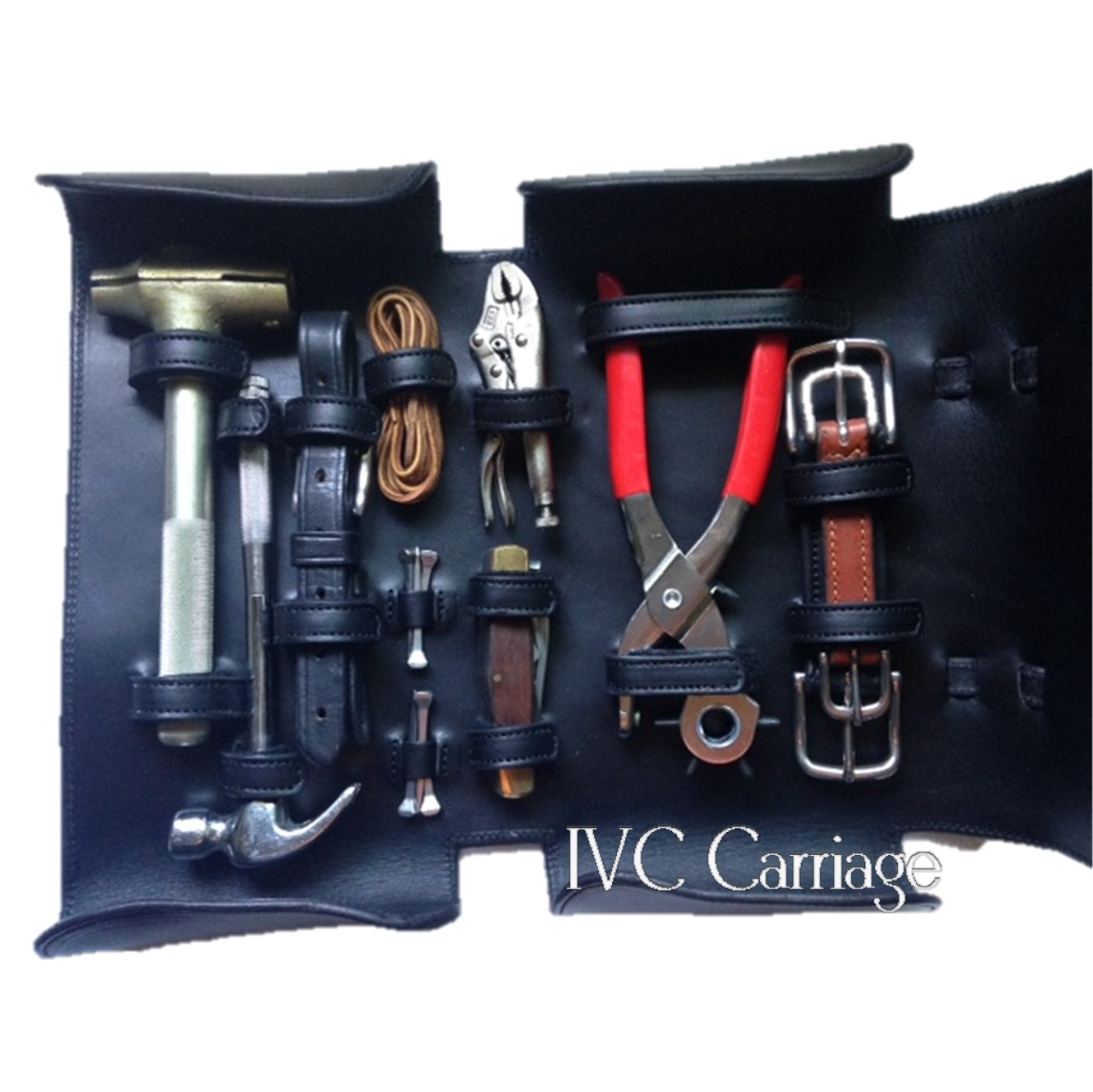

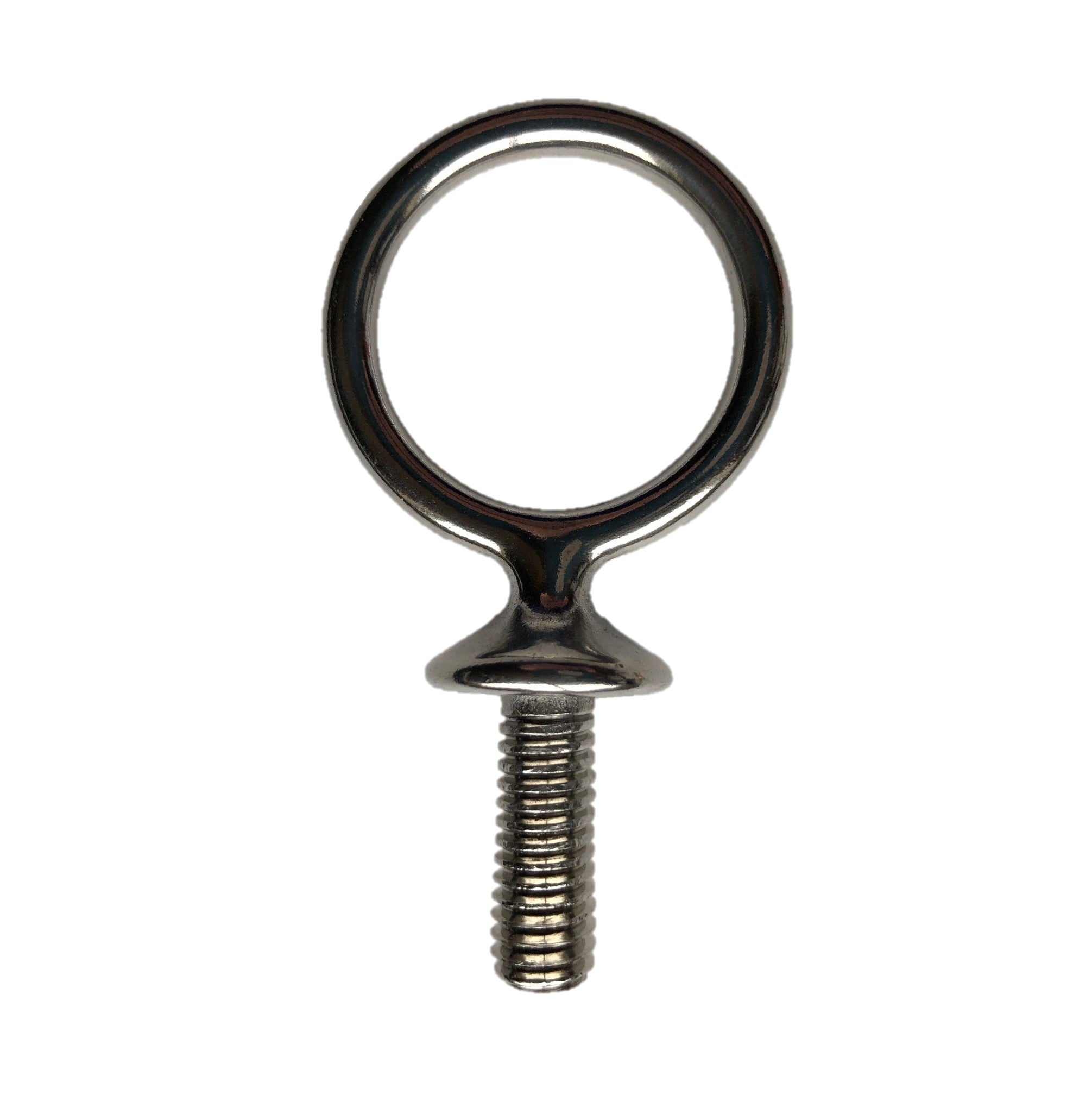












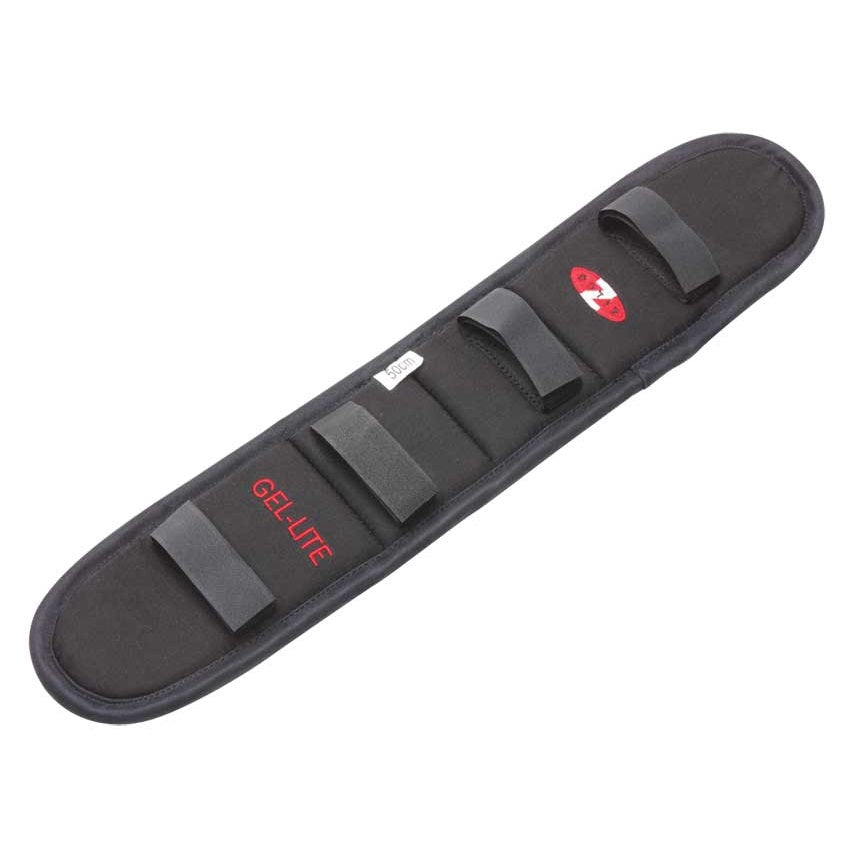
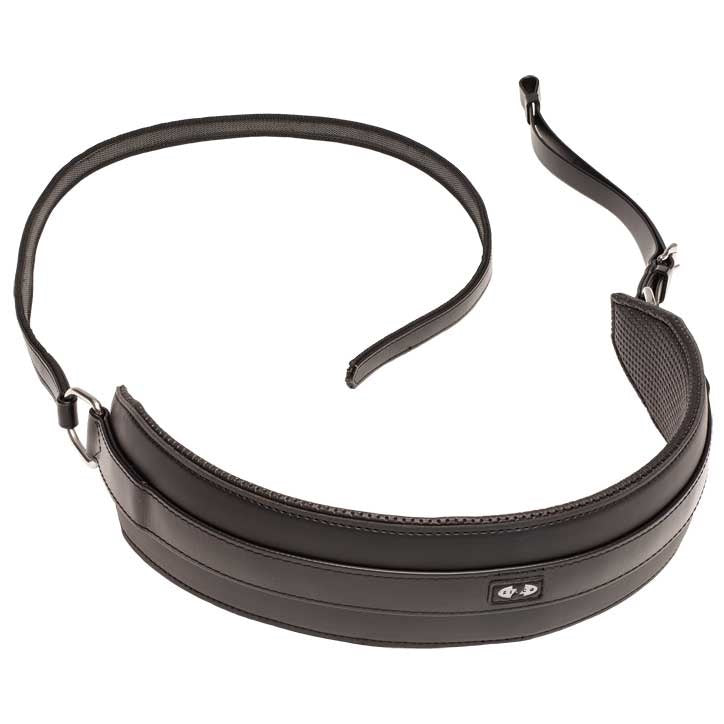




2 comments
Wanda iza
Great article. I have trained 2 horses to harness but still found this informative with great cautionary reminders. Want to hear more Yes I plan to train again two more horses after not having driven for 12 years.
Merle Ireland _ Australia.
New to harness – very interesting – it makes a lot of sense – takes me back many years ago when we used to work young colts – about the fifth ride they would want to do it their way. thanks.